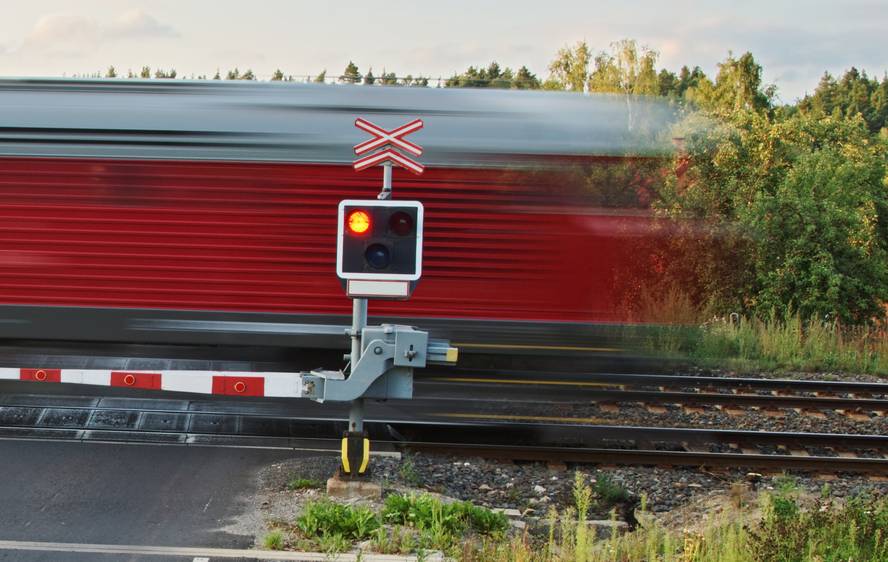High-speed train in ecological transition
The world is experiencing an unprecedented environmental crisis with continuous high temperature records and an uncertain and disturbing future. Global warming and climate change are realities that require immediate attention and effective responses. In addition to long-term plans and actions, immediate and urgent action is needed. Consequently, according to the European Green Agreement (EU), the European Union has agreed to reduce greenhouse gas (GHG) emissions by at least 55% by 2030 compared to 1990 and to achieve emissions neutrality by 2050. Ambitious targets have therefore been set, but in the latest news they will not suffice.
Transport emissions account for one third of all greenhouse gas emissions in the Autonomous Community of the Basque Country, and instead of reducing them, they have increased considerably in recent years. Transport policy therefore plays a key role in mitigating climate change. Thus, in relation to a common strategy for sustainable mobility, the promotion of more environmentally friendly modes of transport has begun. It appears that the high-speed train (TAV) will fill this gap, as policy makers have often presented it as a means of sustainable transport, as an aid to achieve these environmental objectives or as an essential tool for the ecological transition of the country.
However, these alleged benefits come only from the analysis of the functioning of the network, not taking into account the environmental burdens associated with the construction and maintenance phases of the infrastructure. Analyses that do not quantify the impacts of infrastructure construction are very common to increase and therefore underestimate total life cycle emissions. The environmental burdens that this unique TAV project of passenger and freight transport will generate in the construction phase will not be scarce, so it is necessary to count from the point of view of transparency.
Our study, through life-cycle medicine (CVV), analyzes the environmental loads that the project will generate throughout its lifetime (including the construction and maintenance phases) in relation to greenhouse gases and energy consumption. The results conclude that the capacity of Basque Y to mitigate climate change, reduce energy consumption and reduce other environmental impacts is insufficient. In a context of global environmental crisis, this project, far from improving, can worsen.
The two factors that most influence this are: on the one hand, the mountainous terrain of the region requires the construction of larger and complex structures, which implies a higher consumption of resources and energy, and on the other hand, the low demand for transportation of the project. The demands for passengers and goods provided for in this project are far from those of other projects, which damages their environmental balance.
We can therefore conclude that the Basque Y distances us from the environmental objectives set between them and is not the means of transport necessary for the ecological transition of Basque society. The situation demands alternatives, solutions that in general mean a reduction in aggregate demand, such as the promotion of proximity in the transport sector to avoid the need for transport and the increase in the occupancy rates of the means of transport, among others.
Finally, it is worth recalling what the European Environment Agency said in 2020: “Current efforts to limit the impact of the sector on the environment and climate in Europe are not sufficient to achieve the EU’s long-term climate and environmental policy objectives.”







